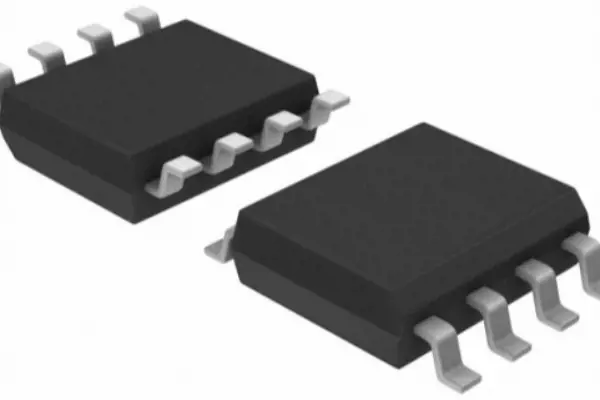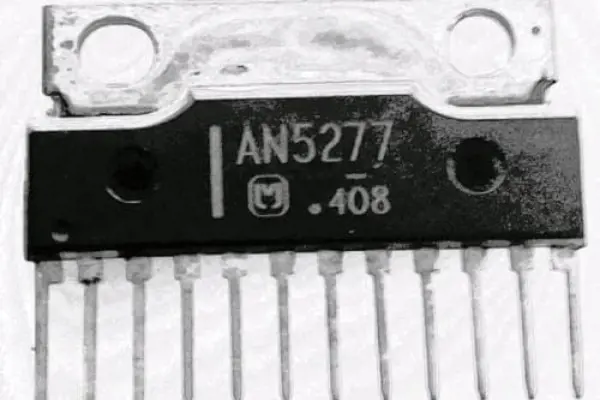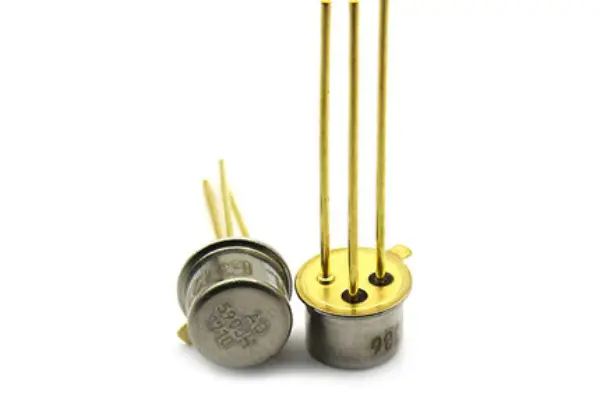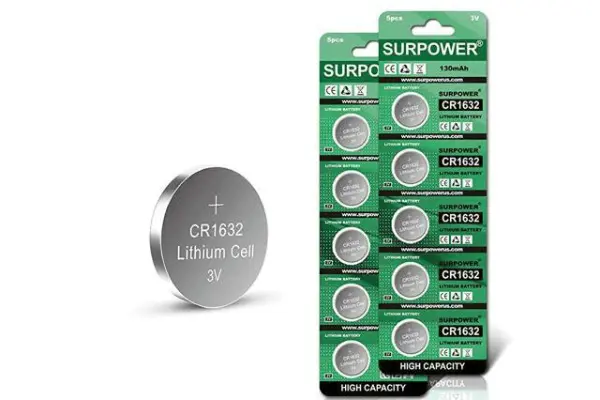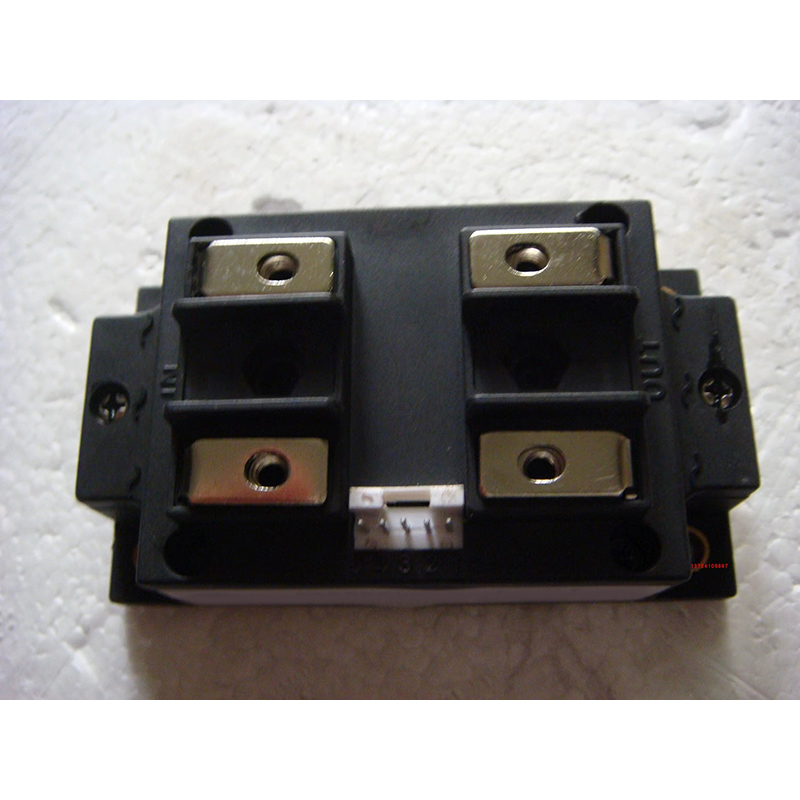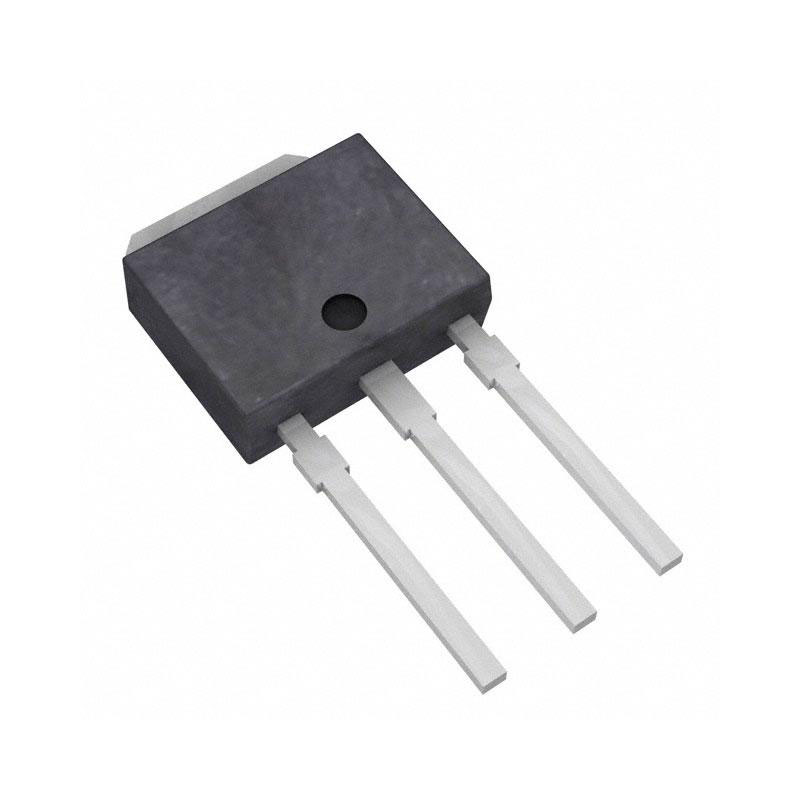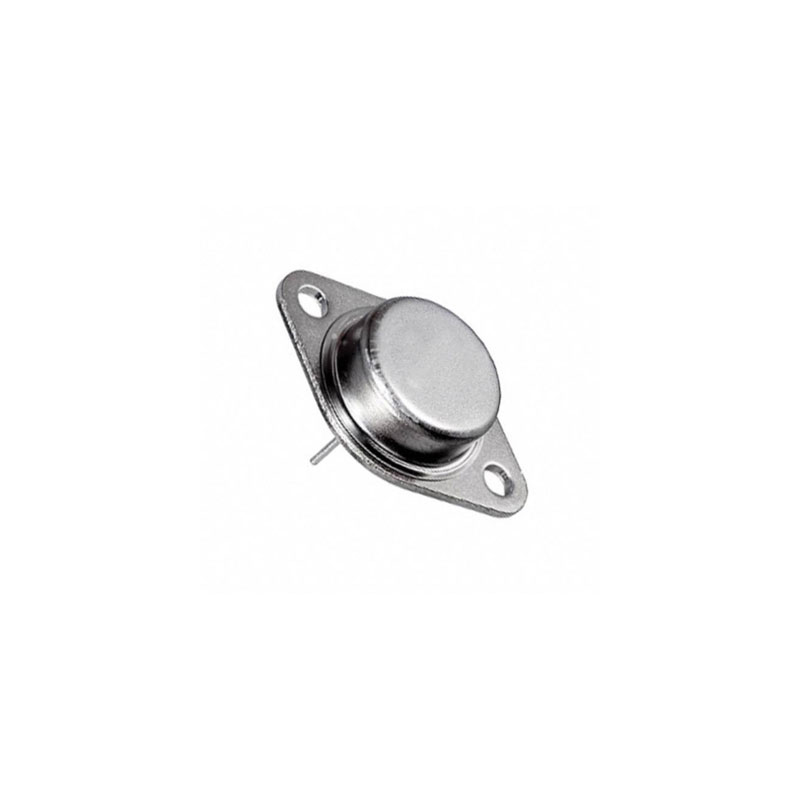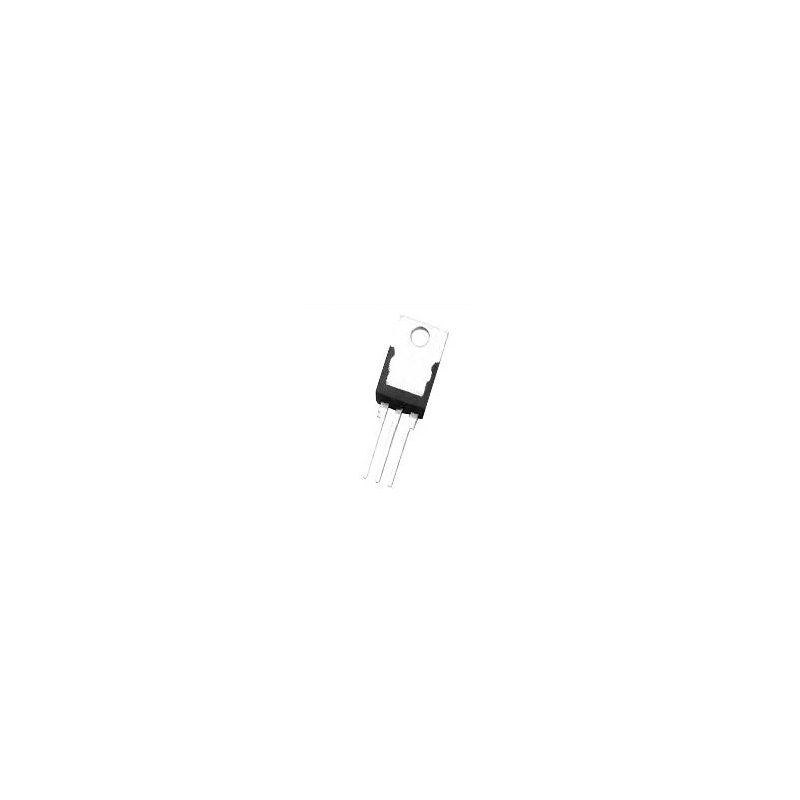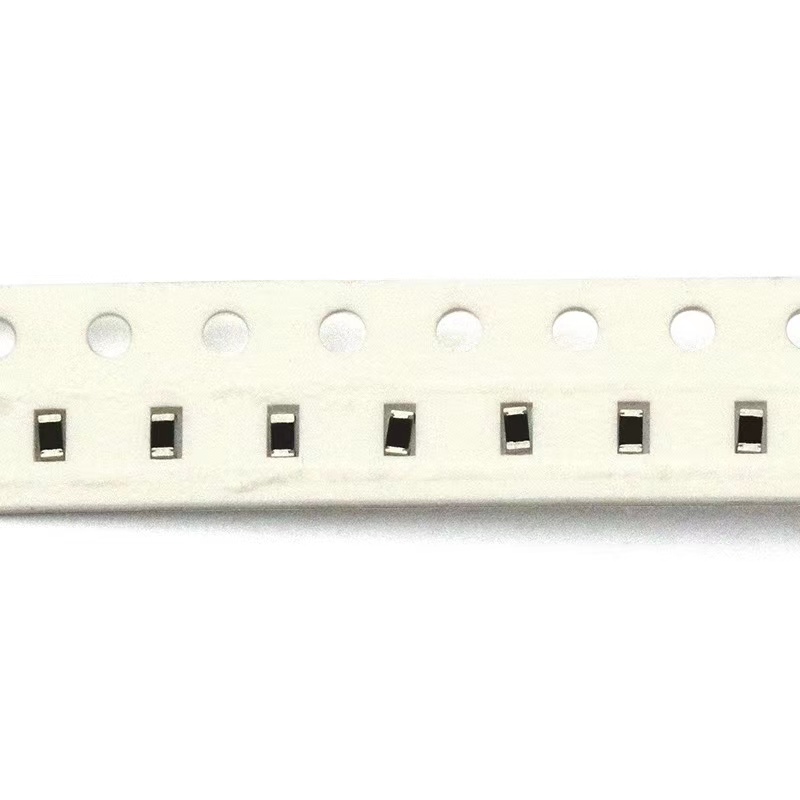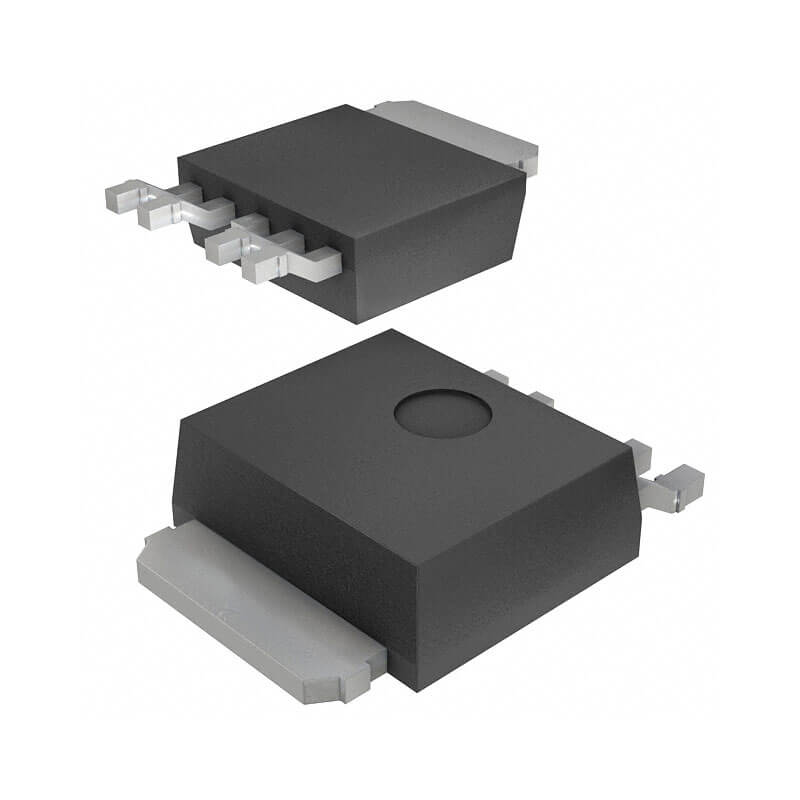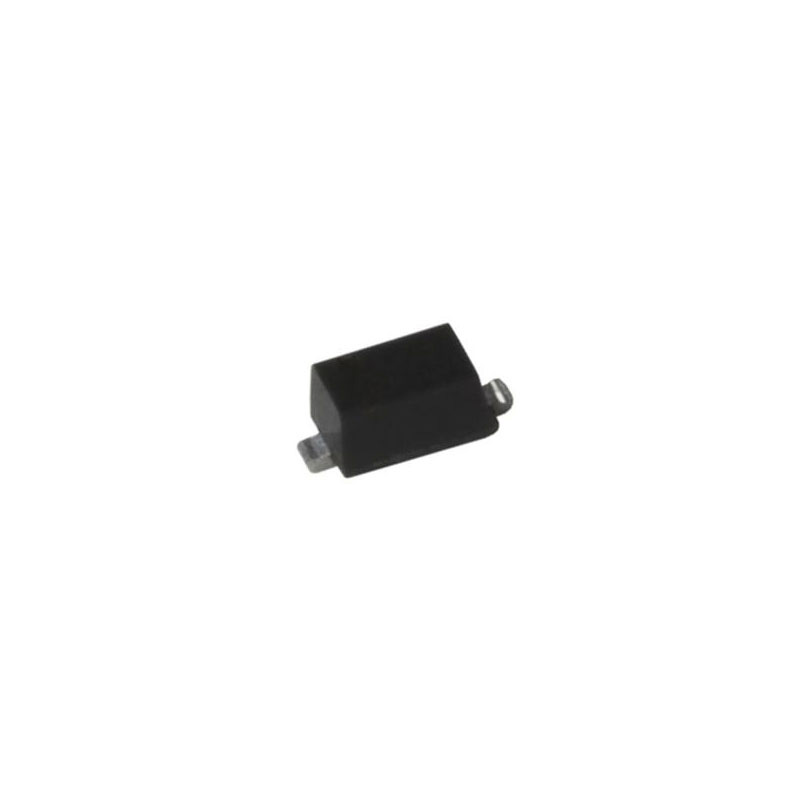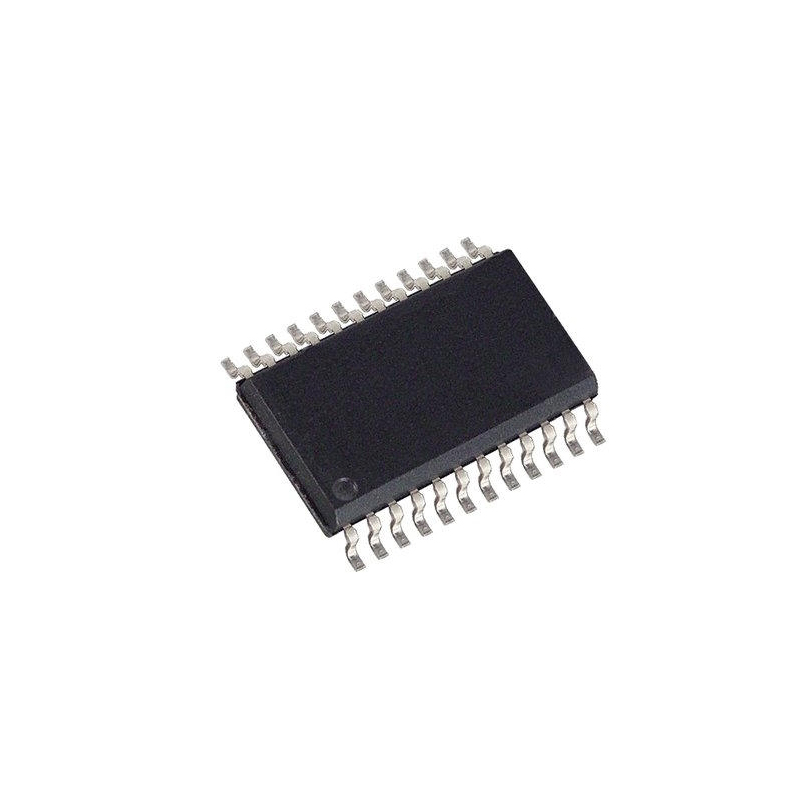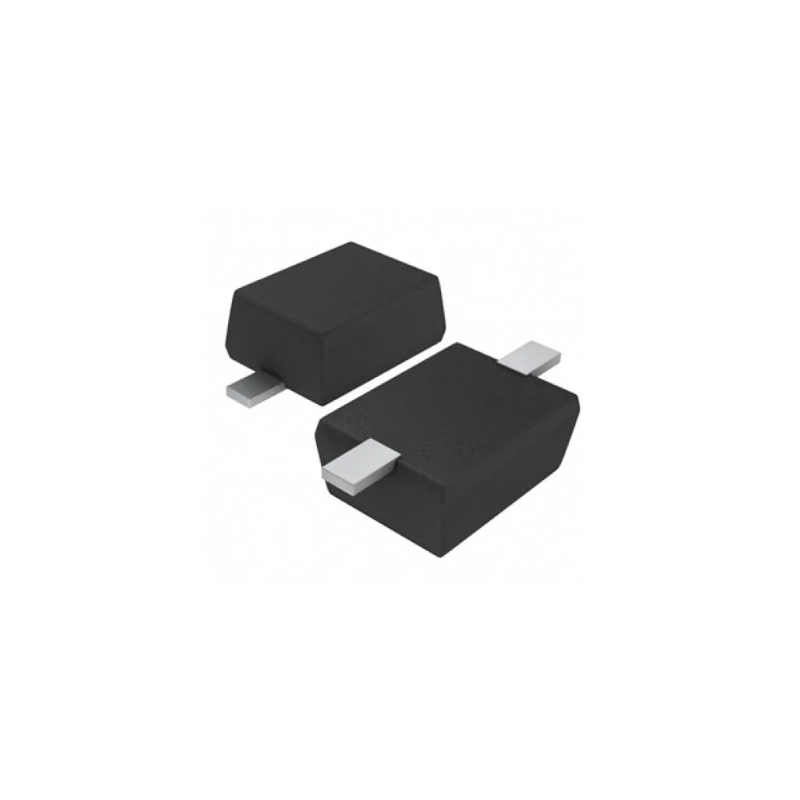Thyristor Switching Module: Features, Working and Use
 Published: Jun 12, 2023
Published: Jun 12, 2023
Contents
A thyristor switching module is a crucial component in power control applications, enabling efficient and precise switching of high-power electrical loads. Whether you are working on industrial automation, motor control systems, or power electronics projects, understanding the functionality and benefits of thyristor switching modules is essential.
In this article, we will explore the concept of thyristor switching modules, their working principle, and their applications. Whether you are an electronics enthusiast, a hobbyist, or a professional engineer, harnessing the power of thyristor switching modules will allow you to achieve reliable and precise control of electrical power.
1. What is Thyristor Switching Module
A thyristor switching module is a device used to control the switching of thyristors, which are semiconductor devices commonly used in power electronics applications. Thyristors are known for their ability to handle high currents and voltages, making them suitable for controlling large electrical loads.
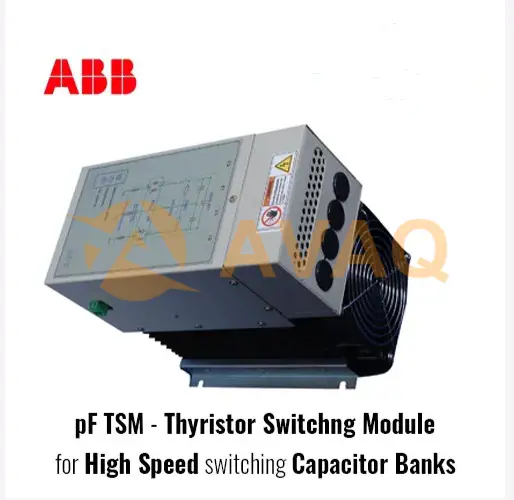
Features of Thyristor Switching Module
- Gate Drive Circuitry: Thyristors require a specific gate signal to turn them on and off. The switching module includes gate driver circuits that generate the required voltage and current levels to control the thyristors effectively.
- Protective Components: Thyristor switching modules often incorporate protective components such as fuses, snubber circuits, and overcurrent/overvoltage protection mechanisms. These components safeguard the thyristors and the module from damage due to fault conditions or excessive current/voltage levels.
- Communication Interfaces: Some advanced thyristor switching modules include communication interfaces like serial communication ports or digital interfaces. These interfaces allow for remote control, monitoring, and configuration of the module, enhancing flexibility and ease of use.
- Control and Triggering Options: The module may offer different control and triggering options, such as phase angle firing, zero-crossing triggering, or pulse-width modulation (PWM) control. These options enable precise control of power output and facilitate integration with various control systems.
- Diagnostic and Monitoring Features: Thyristor switching modules often include diagnostic features to monitor the health and status of the thyristors and the module itself. This may include temperature monitoring, fault detection, and indication of the operating conditions.
- Protection against Voltage Spikes: Voltage spikes can occur during switching operations, potentially damaging the thyristors or other components. Thyristor switching modules may employ protection circuits to mitigate the impact of voltage spikes and ensure the longevity of the system.
- Mounting and Cooling: The modules are designed for easy installation and mounting, either on a printed circuit board (PCB) or in a suitable enclosure. They may also incorporate heat sinks or cooling mechanisms to dissipate heat generated during operation and maintain optimal temperature levels.
- Voltage and Current Ratings: Thyristor switching modules are available in various voltage and current ratings to cater to different application requirements. The ratings should match the specifications of the load being controlled to ensure proper functioning and safety.
- Compact and Robust Design: These modules are typically designed to be compact and robust, suitable for industrial environments. They may feature rugged enclosures or conformal coating to provide protection against moisture, dust, and other environmental factors.
2. Internal Function of Thyristor Electronic Switching Module
Thyristor electronic switching module mainly includes anti-parallel thyristor, over-zero detection trigger module, capacitive absorption device for over-voltage suppression and heat sink.
2.1 Over-zero triggering module
Since there is usually residual voltage on the removed capacitor, and the voltage at both ends of the capacitor cannot be changed suddenly, when the difference between the system voltage and the residual voltage of the capacitor is large, triggering the thyristor will generate a large inrush current, and the thyristor may be damaged directly. In order to realize the fast response of dynamic reactive power compensation device, and at the same time to ensure that there is no inrush current, so the capacitor voltage and grid voltage need to be detected. Only when the two are equal in size and polarity, the capacitor can be put in instantaneously. Therefore, an over-zero trigger module needs to be installed.
At present, the typical trigger circuit to obtain the over-zero signal from both ends of the thyristor is MOC3083. MOC3083 chip has an internal over-zero trigger judgment circuit, which is a special chip designed for 220V grid voltage, and its chip's SCR is 800 V. When the voltage at both ends of 4 and 6 is lower than 12V, the internal SCR will turn on if the trigger current is input.
In fact, when the non-zero trigger, the current shock can often reach more than 3 times the stable value, while when the over-zero trigger, the current shock is generally only 1.5 times the stable value, and the capacitive voltage shock is only 1.15 times the stable value.
2.2 Suppression of overvoltage capacitive absorption device
Module overvoltage protection can also be generally used capacitive absorption method. For a short duration, the energy is not large overvoltage, generally can be connected in parallel at both ends of the module resistive absorption circuit, with absorption capacitors to overvoltage electromagnetic energy into electrostatic energy storage. The absorption resistor can not only prevent circuit oscillation, but also limit the capacitive discharge of the thyristor turn-on loss and di / dt value.
It should be noted that the capacitor in the resistive absorption circuit should be an AC capacitor with an input voltage of 380V, 630V, and a capacitance withstand voltage of 500V when the input voltage is 220V.
2.3 Heat sink
During the operation of the thyristor switch module, the junction temperature of its thyristor chip will increase. In order to maintain the junction temperature below the maximum rating of 125°C, a heat sink must be used. Moreover, the heat dissipation conditions directly affect the safe, stable and reliable operation of the module. Currently, cooling methods are water-cooled, air-cooled (forced and natural air cooling) and heat pipe cooling methods.
3. Thyristor Switching Module Working
Using a thyristor as a switch involves controlling its conduction state to allow or block the flow of current through it. Here's a general guide on how to use a thyristor as a switch:
Step1. Circuit Configuration
Set up the circuit configuration based on your specific application requirements. This typically includes connecting the load (e.g., motor, heater, or lamp) in series with the thyristor.
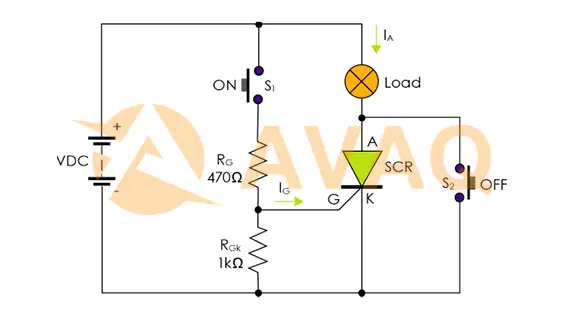
Step2. Gate Signal
Apply a suitable gate signal to the thyristor to trigger its conduction. The gate signal must be of sufficient amplitude and duration to turn on the thyristor. This can be achieved using a gate driver circuit or a pulse generator.
Step3. Forward Bias
Ensure that the thyristor is forward-biased by connecting the anode terminal to a positive voltage and the cathode terminal to a negative voltage or ground. This biasing condition allows the thyristor to conduct when triggered.
Step4. Triggering
Apply the gate signal at the appropriate time to turn on the thyristor. The triggering can be done by momentarily raising the gate voltage above the minimum threshold level (typically a few volts) while maintaining the necessary current capability.
Step5. Holding Current
Once the thyristor is triggered and conducting, it will continue to conduct even if the gate signal is removed. The thyristor requires a minimum holding current to sustain conduction. Ensure that the load current is sufficient to maintain the holding current level.
Step6. Turn-Off
To turn off the thyristor and block the current flow, the forward current through the thyristor must drop below a certain threshold called the "holding current" level. Alternatively, a reverse bias voltage higher than the peak voltage rating of the thyristor can be applied to force it into a non-conducting state.
4. What is the Use of Thyristor Module
Thyristor modules have several important uses in various applications, especially in power electronics and control systems. Here are some common uses of thyristor modules:
Motor Control: Thyristor modules are frequently used in motor control applications to regulate the speed and direction of electric motors. By controlling the firing angle and duration of thyristors, the module can adjust the power delivered to the motor, enabling precise speed control and efficient operation.
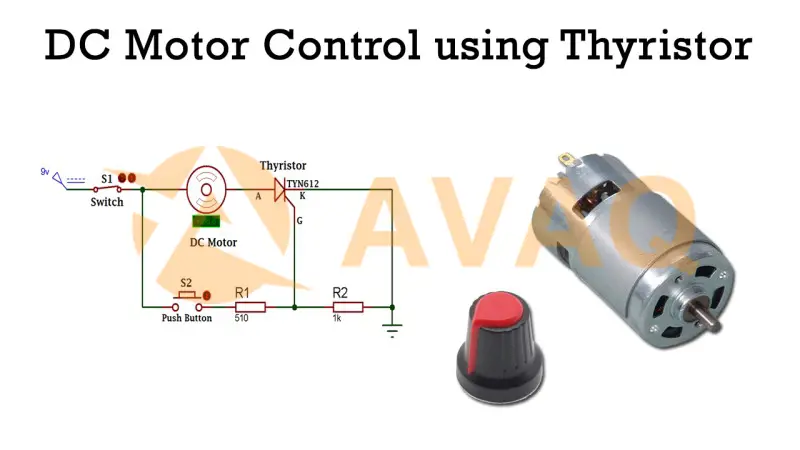
Power Regulation: Thyristor modules are employed in power regulation systems where it is necessary to control the flow of electrical power. They can be used in voltage regulators, phase control circuits, and reactive power compensation systems to maintain stable and controlled power output.
Heating Systems: Thyristor modules find extensive use in electric heating systems, such as industrial furnaces, electric ovens, and space heaters. By controlling the thyristors, the module regulates the amount of power delivered to the heating element, ensuring precise temperature control and energy efficiency.
Lighting Control: Thyristor modules are utilized in lighting control systems to regulate the intensity of lighting fixtures. By adjusting the power delivered to the lights, the module enables dimming or brightness control, which is useful in applications like stage lighting, architectural lighting, and energy-saving lighting solutions.
Power Supplies: Thyristor modules can be employed in power supply circuits, including both AC and DC power supplies. They assist in rectification, voltage regulation, and power conditioning, ensuring stable and controlled power output to the load.
Uninterruptible Power Supplies (UPS): Thyristor modules play a crucial role in UPS systems, which provide backup power during outages or voltage fluctuations. They enable seamless switching between utility power and battery power, ensuring uninterrupted power supply to critical loads.
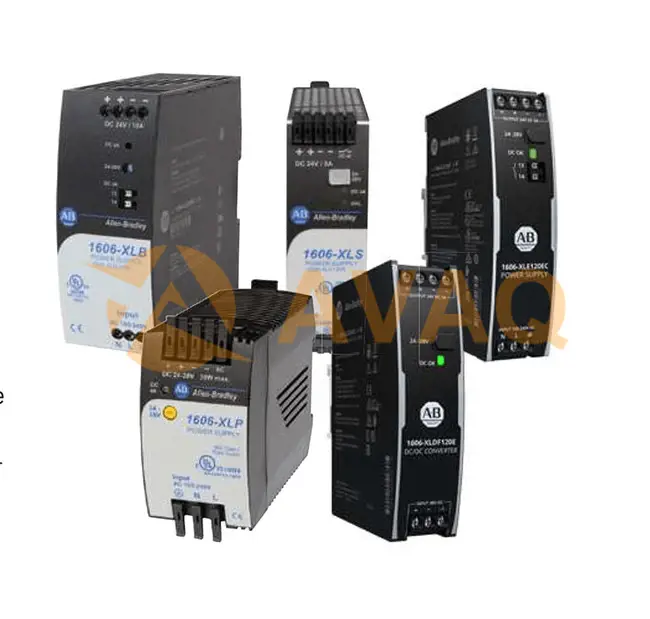
Energy Management Systems: Thyristor modules are utilized in energy management systems that optimize power consumption and enhance energy efficiency. They enable load shedding, demand response, and peak shaving, helping to balance power usage and reduce energy costs.
Welding Equipment: Thyristor modules are widely used in welding equipment, including arc welders and spot welders. They control the power output to the welding electrodes, enabling precise control of welding current and ensuring quality welds.
5. What is the Advantage of Thyristor Switch
High Power Handling Capability: Thyristors can handle high currents and voltages, making them suitable for switching and controlling large electrical loads.
High Switching Speed: Thyristors have fast switching speeds, allowing for rapid turn-on and turn-off times.
Continuous Conduction: Once a thyristor is triggered and conducting, it remains in the conducting state until the current through it falls below the holding current level or a reverse voltage is applied.
Simple Control Circuitry: Thyristor switches require relatively simple control circuitry to trigger and control their conduction.
High Efficiency: Thyristor switches have low conduction losses, resulting in high efficiency in power electronic applications.
Robust and Reliable: Thyristors are known for their ruggedness and reliability, allowing them to operate in harsh environments and withstand voltage and current transients.
Cost-Effective: Thyristors are widely available and have been in use for many years, resulting in cost-effective pricing.
Wide Range of Applications: Thyristor switches find applications in various industries, including power generation, industrial automation, motor drives, lighting control, welding equipment, and more.
6. What is the Difference between Mosfet and Thyristor
Here are the differences between MOSFET and thyristor,
|
Feature |
MOSFET |
Thyristor |
|
Control |
Voltage-controlled |
Current-controlled |
|
Turn-on mechanism |
Gate voltage applied |
Triggered by current |
|
Turn-off mechanism |
Gate voltage removal |
Current reduction/reverse voltage |
|
Conduction state |
Bidirectional |
Unidirectional |
|
Switching speed |
Very fast |
Slower |
|
Switching efficiency |
High |
Moderate |
|
Power handling |
Medium to high |
High |
|
Voltage blocking |
Low (normally-off) |
High (normally-on) |
|
Applications |
Power electronics, motor control, audio amplifiers |
Power regulation, motor drives, lighting control |
These differences highlight some key distinctions between MOSFETs and thyristors, including their control mechanisms, operation modes, and applications. It's important to consider these factors when selecting the appropriate device for a specific application.
7. Thyristor Switching Module Manufacturer
There are several manufacturers that produce thyristor switching modules. Here are some well-known manufacturers in the field:
- ABB (Switzerland)
- Infineon Technologies (Germany)
- Mitsubishi Electric Corporation (Japan)
- ON Semiconductor (United States)
- Semikron (Germany)
- Schneider Electric (France)
- STMicroelectronics (Switzerland)
- Vishay Intertechnology (United States)
Conclusion
In conclusion, thyristor switching modules are key components in power control applications, providing efficient and reliable switching of high-power loads. By understanding the working principle, features, and applications of these modules, you can incorporate them into your projects to achieve precise power control and enhance the performance of your electrical systems.
Whether you are working on industrial automation, motor control, or power electronics, thyristor switching modules offer a reliable and efficient solution. Stay updated with the latest advancements, explore datasheets and application notes, and leverage the benefits of thyristor switching modules to maximize the efficiency and reliability of your power control applications.
 FAQ
FAQ
- Where can I find more information about specific thyristor switching modules?
- To find more information about specific thyristor switching modules, you can refer to the product datasheets and application notes provided by the manufacturers or consult their technical support teams. Additionally, authorized distributors and electronics component websites often provide detailed information about various thyristor switching modules available in the market.
- Can thyristor switching modules be used for both AC and DC applications?
- Yes, thyristor switching modules can be used for both AC (alternating current) and DC (direct current) applications. Thyristors are bidirectional devices and can handle current flow in both directions.
- What types of thyristors are commonly used in switching modules?
- The most commonly used thyristors in switching modules are silicon-controlled rectifiers (SCRs) or thyristors based on silicon technology. These thyristors offer reliable and efficient switching performance for a wide range of applications. However, there are also other types of thyristors available, such as gate turn-off thyristors (GTOs) and integrated gate-commutated thyristors (IGCTs), which are used in specialized applications that require enhanced control and performance.
 Popular Industry Focus
Popular Industry Focus
Hot Products
Related Parts
-
![TYN412]()
TYN412
ST
12A, 400V, SCR, TO-220AB
-
![MAC15A6]()
MAC15A6
onsemi
Triacs THY 15A 400V TRIAC
-
![CS45-16IO1]()
CS45-16IO1
IXYS
SCRs 45 Amps 1600V
-
![L4004V3TP]()
L4004V3TP
Littelfuse Inc.
Triacs 400V 4A Sensing 3-3-3-3mA
-
![Q6016LH3]()
Q6016LH3
Littelfuse Inc.
Triacs 600V 16A
-
![BTB41-800BRG]()
BTB41-800BRG
STMicroelectronics
40A standard Triacs
-
![SBA500AA160]()
SBA500AA160
SanRex Corporation
Discrete Semiconductor Modules Discrete Semiconductor Modules 1600V 500A
-
![25TTS08]()
25TTS08
Vishay General Semiconductor - Diodes Division
SCRs RECOMMENDED ALT 78-VS-25TTS08-M3
-
![MMIX1H60N150V1]()
MMIX1H60N150V1
IXYS
SCR 1.5 kV Standard Recovery Surface Mount 24-SMPD
-
![TN1215-600B]()
TN1215-600B
STMicroelectronics
SCR 600 V 12 A Standard Recovery Surface Mount DPAK
-
![UDZ5V6B-7-F]()
UDZ5V6B-7-F
diodes incorporated
Zener Diode Single 5.6V 2.14% 60Ohm 200mW 2-Pin SOD-323 T/R
-
![IRF7901D1PBF]()
IRF7901D1PBF
Infineon Technologies AG
-
![LCDP1521SRL]()
LCDP1521SRL
STMicroelectronics
Off-State 60 A Ipp TVS Thyristor 8-SOIC (0.154", 3.90mm Width)
-
![PK110FG160]()
PK110FG160
SanRex Corporation
Discrete Semiconductor Modules Discrete Semiconductor Modules 1600V 110A
-
![BZX384C5V1]()
BZX384C5V1
EIC Semiconductor
Zener Diode Single 5.1V 5% 60Ohm 200mW 2-Pin SOD-323

 Update Time: Jun 14, 2023 Consumer Electronics
Update Time: Jun 14, 2023 Consumer Electronics